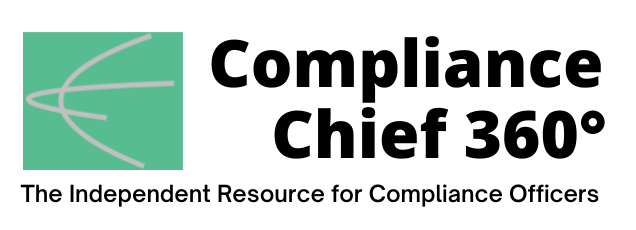
ompliance management has traditionally been marked by accessibility issues, which lead to barriers to adhering to regulations. These long-established frameworks can be so complicated that they make it hard for those who don’t have specialized knowledge to navigate them. Automated solutions, however, have marked a shift in the landscape, making regulatory compliance something that a broader audience can better understand
So how have they done that? Automation can streamline processes and reduce associated risks so that as regulations change over time, compliance can keep up with the pace. Businesses are facing increased scrutiny from regulatory bodies, so conducting smoother audits and staying in good financial condition are important considerations.
In the United States, for example, businesses must consider state and local regulations, in addition to federal regulations, when developing strategic plans or plans for new lines of business. Whether this is through investing in compliance software or hiring specific legal experts they need to stay on top of the rapidly developing regulatory environment. Let’s dive into the reasons why automation is redefining compliance management.
Reducing Errors and Streamlining Compliance
Compliance management has traditionally involved so many manual processes that were time-consuming and prone to human errors. Processes such as audits, vulnerability assessments, and remediation efforts have often required tight-knit coordination between different teams, which can cause huge gaps in communication and missed compliance risks. This is where automation can be a game-changer, by integrating compliance tasks and automating manual processes.
Automated systems, for example, can assess IT environments for vulnerability, compare any configurations against regulatory standards, and then let the team know if there are any discrepancies. This lessens the manual workload and the possibility of overlooked patches or misconfigured systems. This type of monitoring also means that organizations can identify issues before they escalate into regulatory violations or costly breaches.
Automation also permits businesses to be able to handle complex compliance requirements more effectively. For example, regulations like the Payment Card Industry Data Security Standard (PCI DSS) and Sarbanes-Oxley (SOX) need to be consistently analyzed, but automation in this case enables regular audits without compliance teams getting overwhelmed.
Avoiding Regulatory Penalties and Ensuring Smooth Audits
If businesses don’t comply with regulations, the costs can be severe, with hefty fines and reputational damage both possibilities. Data breaches can lead to fines of up to $500,000 per incident, alongside ongoing monthly fines. So as these regulations tighten and audits keep coming in, businesses need to be wary to avoid penalties.
Automation means that businesses can be on top of records and generate reports to reflect their compliance status. Automated compliance tools also mean that reports can be more accurate and comprehensive, and the time and effort required for audit preparation are reduced. Documentation is the other aspect that can give real-time access to compliance records and demonstrate adherence to regulators.
Systems like asset inventory and PC lifecycle management solutions can help to bridge the gap between security and operations by integrating vulnerability assessments with remediation processes. This allows for the streamlining of security handoffs and accelerates patching, which in turn, reduces the window of vulnerability and prevents non-compliance issues from accumulating.
Further Strategies for Complying with Changing Regulations
To be able to maintain compliance while federal, state, and even global regulations are constantly changing is obviously a massive challenge. However, businesses can follow a few additional best practices to stay on top of things. First, organizations should define the compliance states with sufficient detail. Predefined policies that we briefly touched on, such as SOX, HIPAA, or PCI DSS, can serve as templates, and businesses can customize these policies to address their specific needs.
Automation needs to work in tandem with any change management processes to ensure that compliance actions are governed in line with the business’ priorities. By documenting changes and tracking exceptions, organizations can avoid compliance drift and maintain control over their compliance efforts.
Automation is undoubtedly transforming compliance management by reducing the amount of manual work while minimizing costly errors, and finally ensuring that organizations are ready for an audit when called upon. Due to the fact that processes like discovery, audit, and remediation are unified and integrated, businesses can stay compliant with the shifting regulatory landscape. ![]()
Shagun Malhotra is founder of SkyStem LLC, a provider of automated account reconciliation software.

